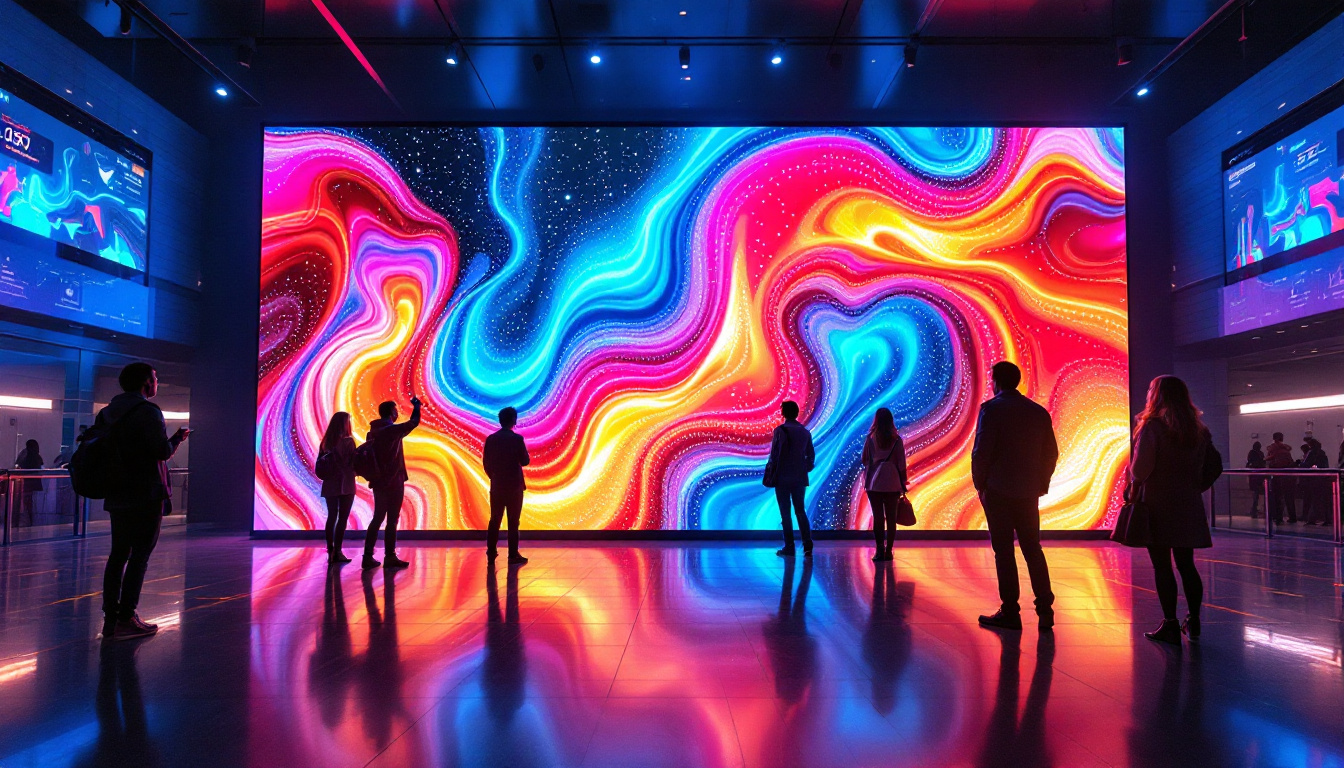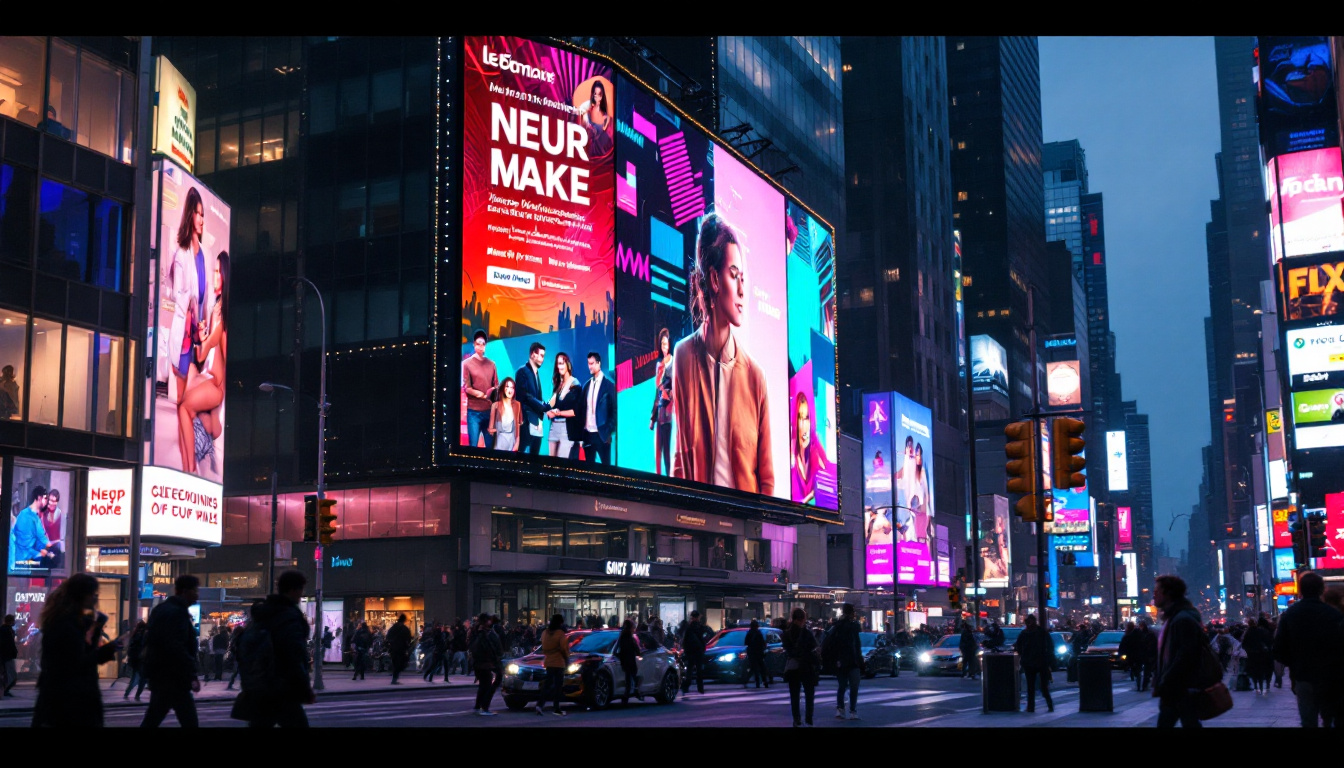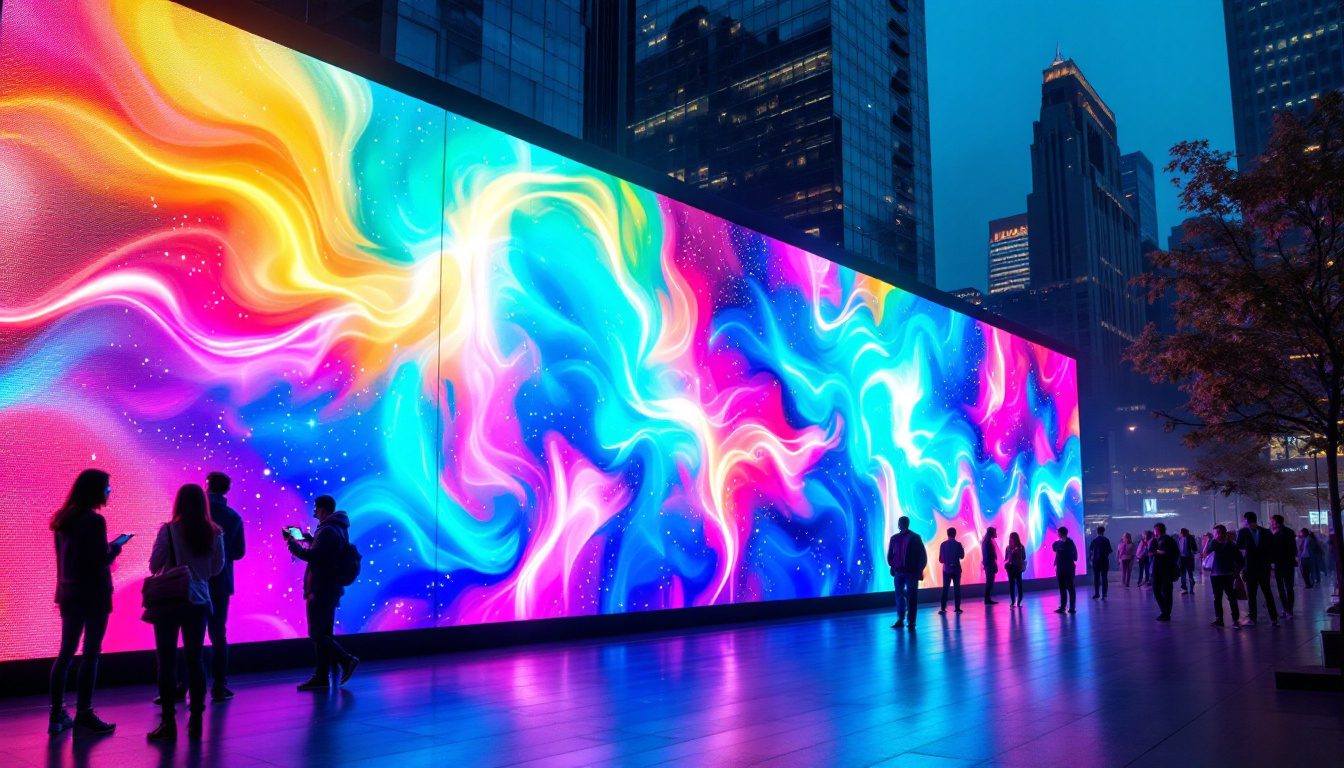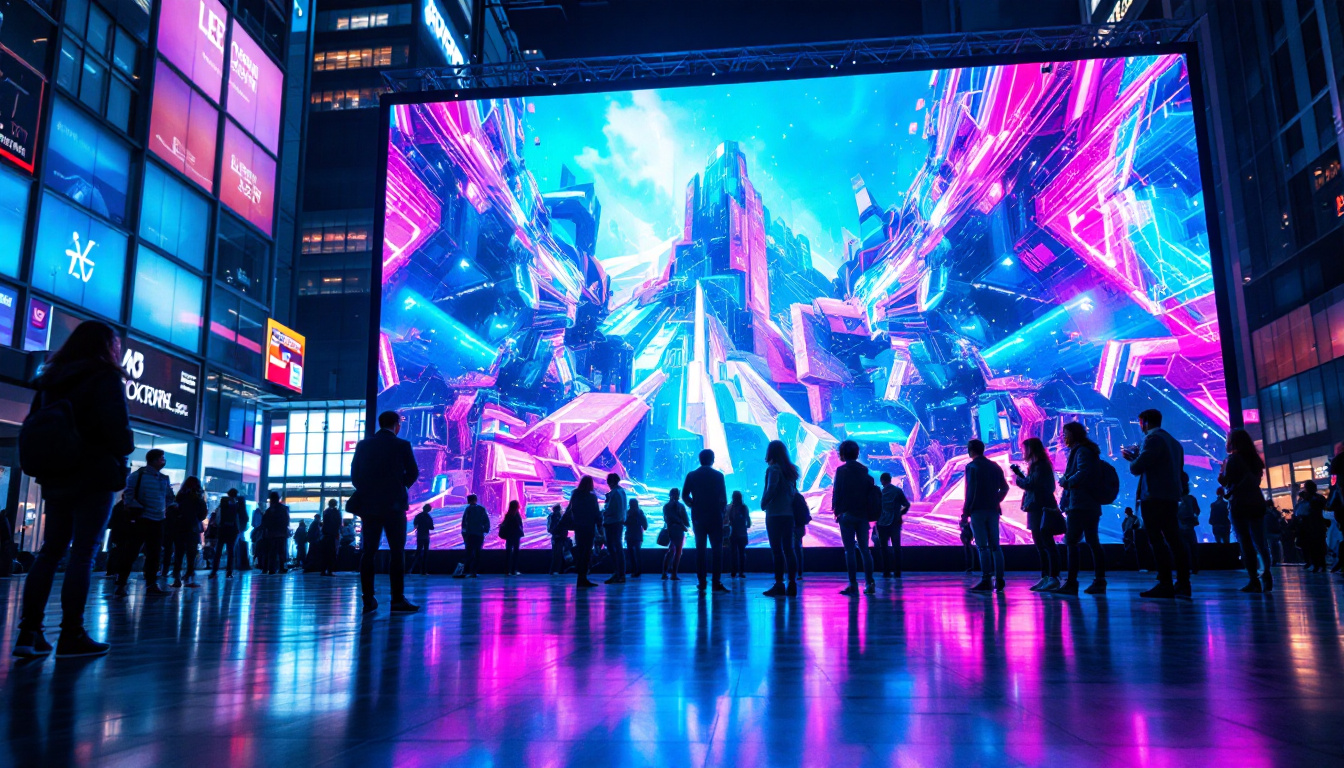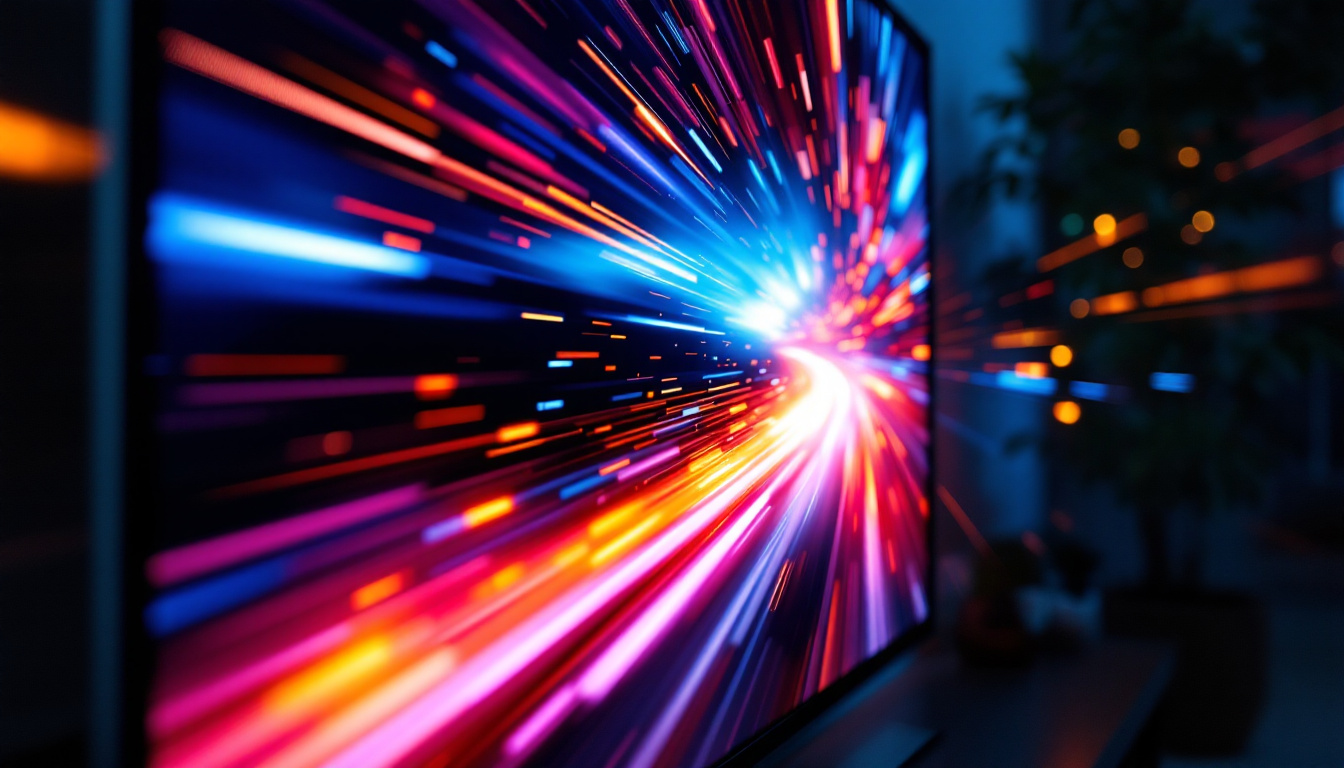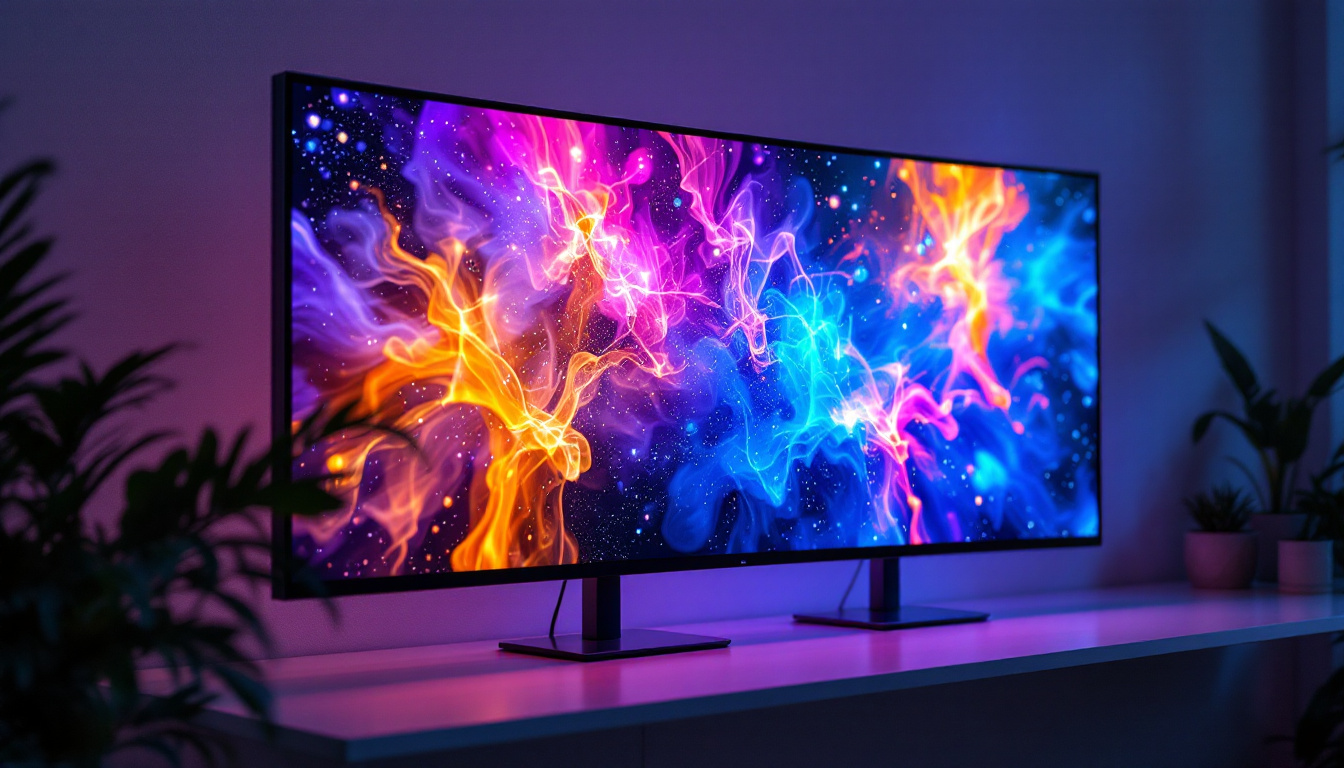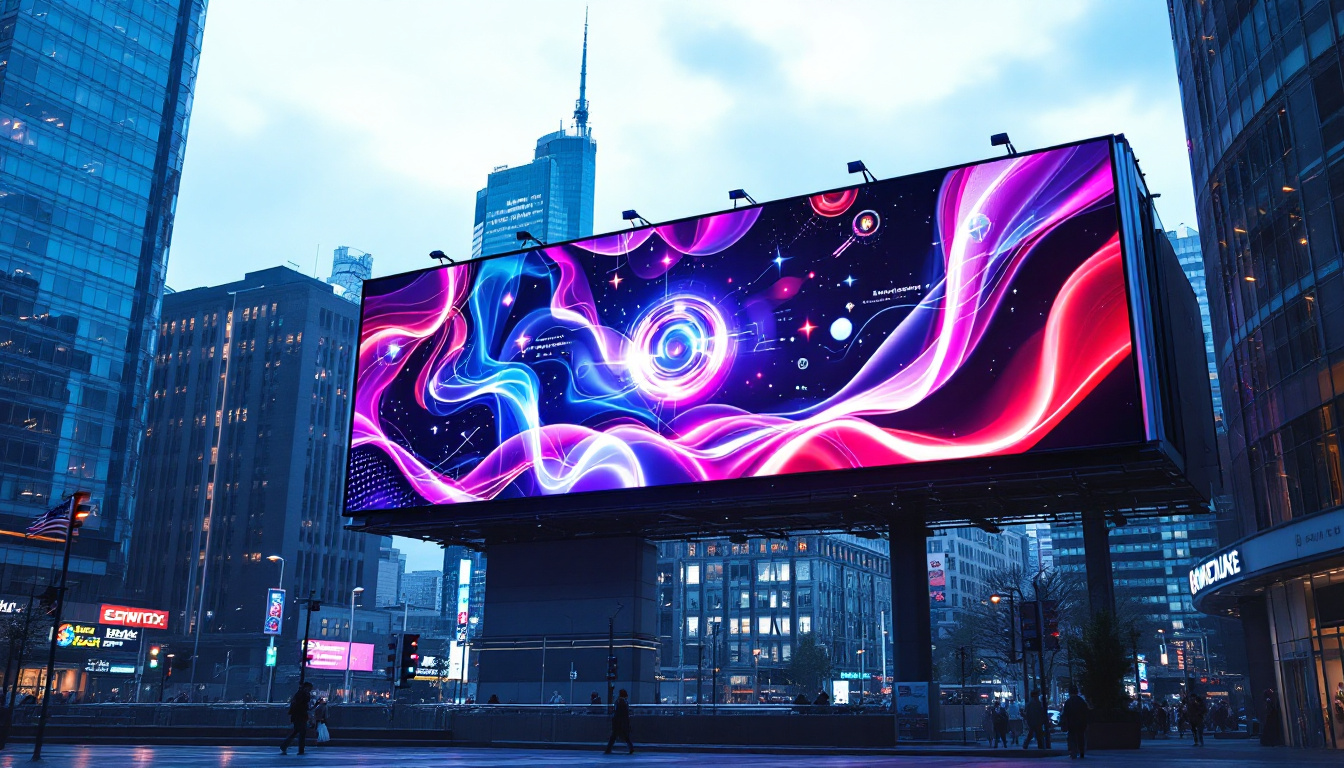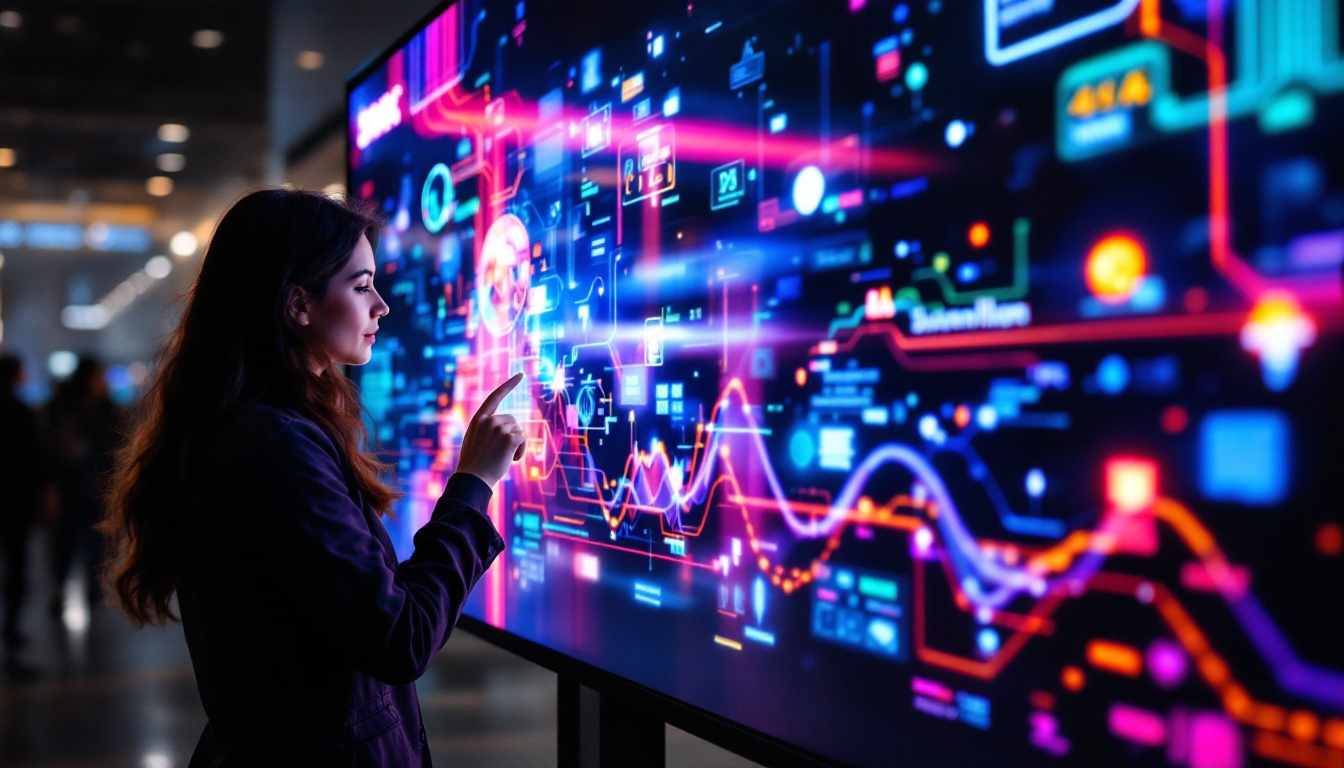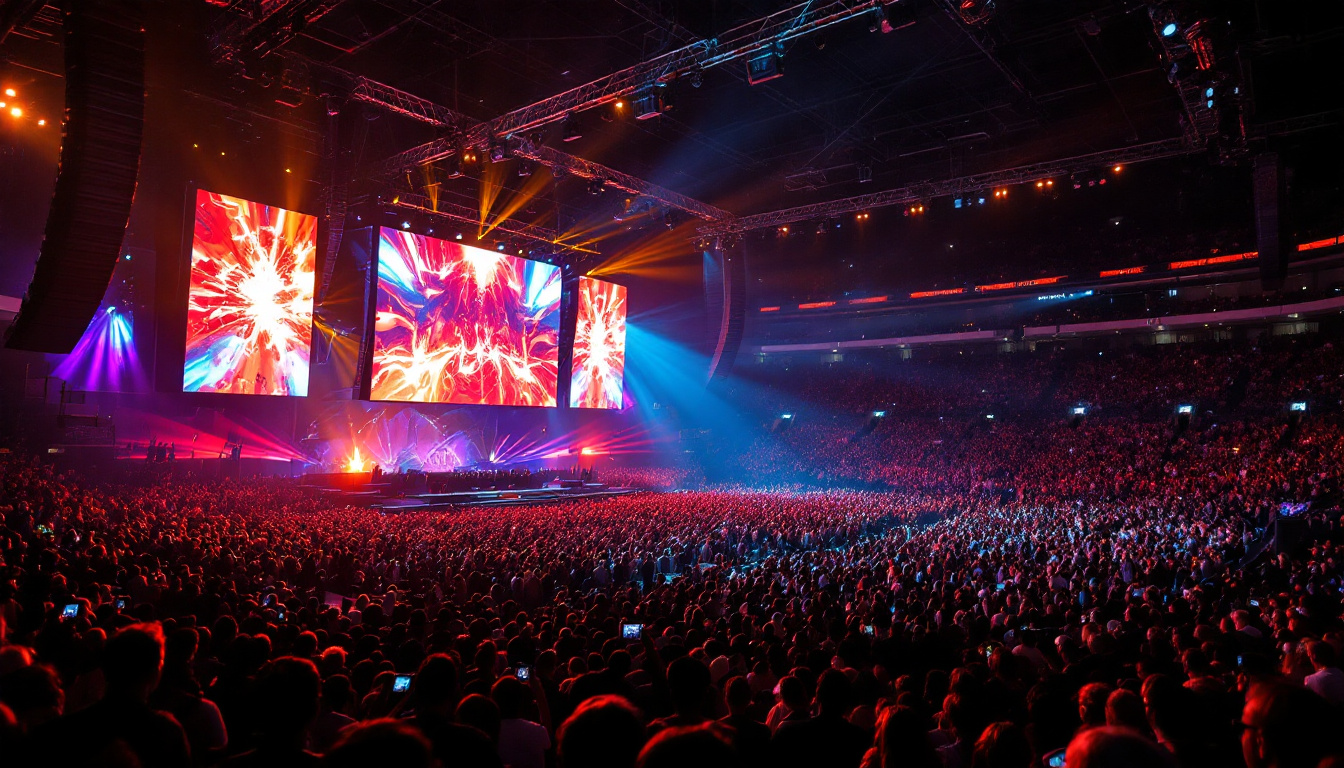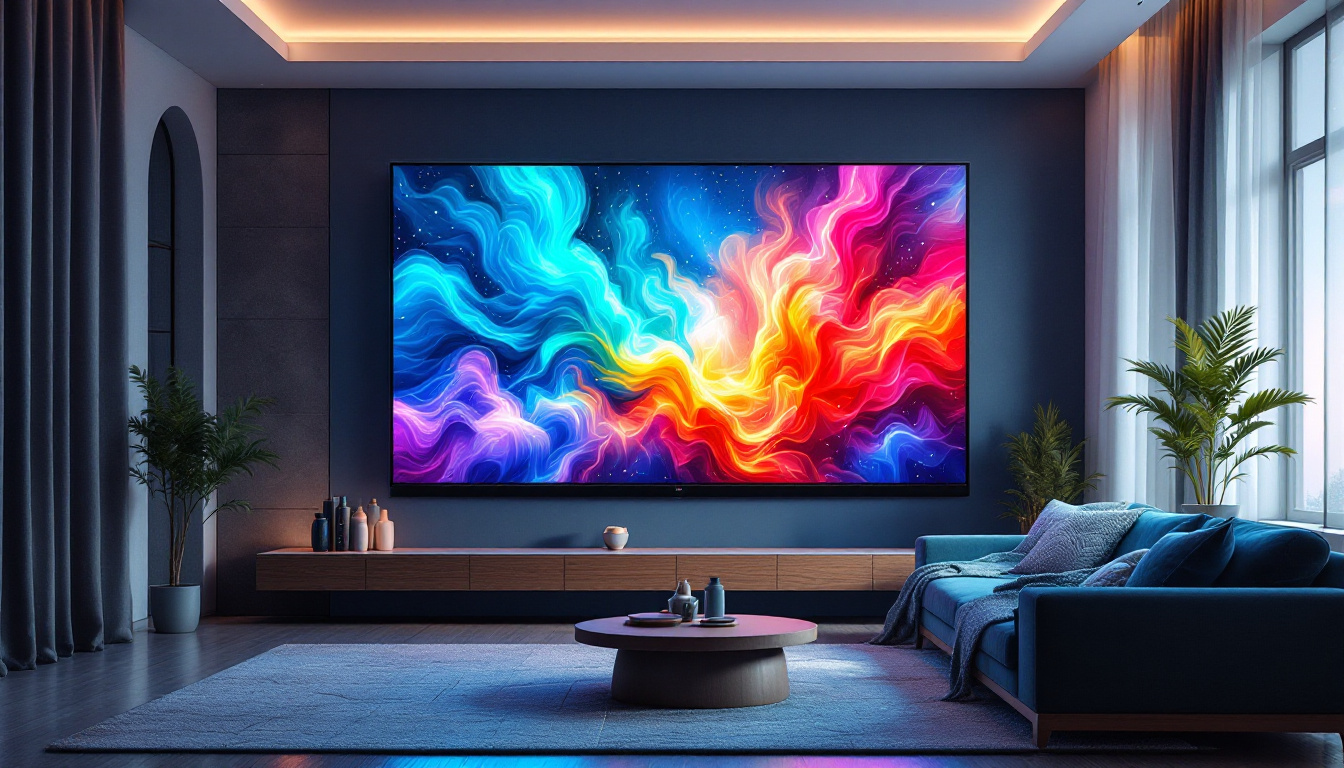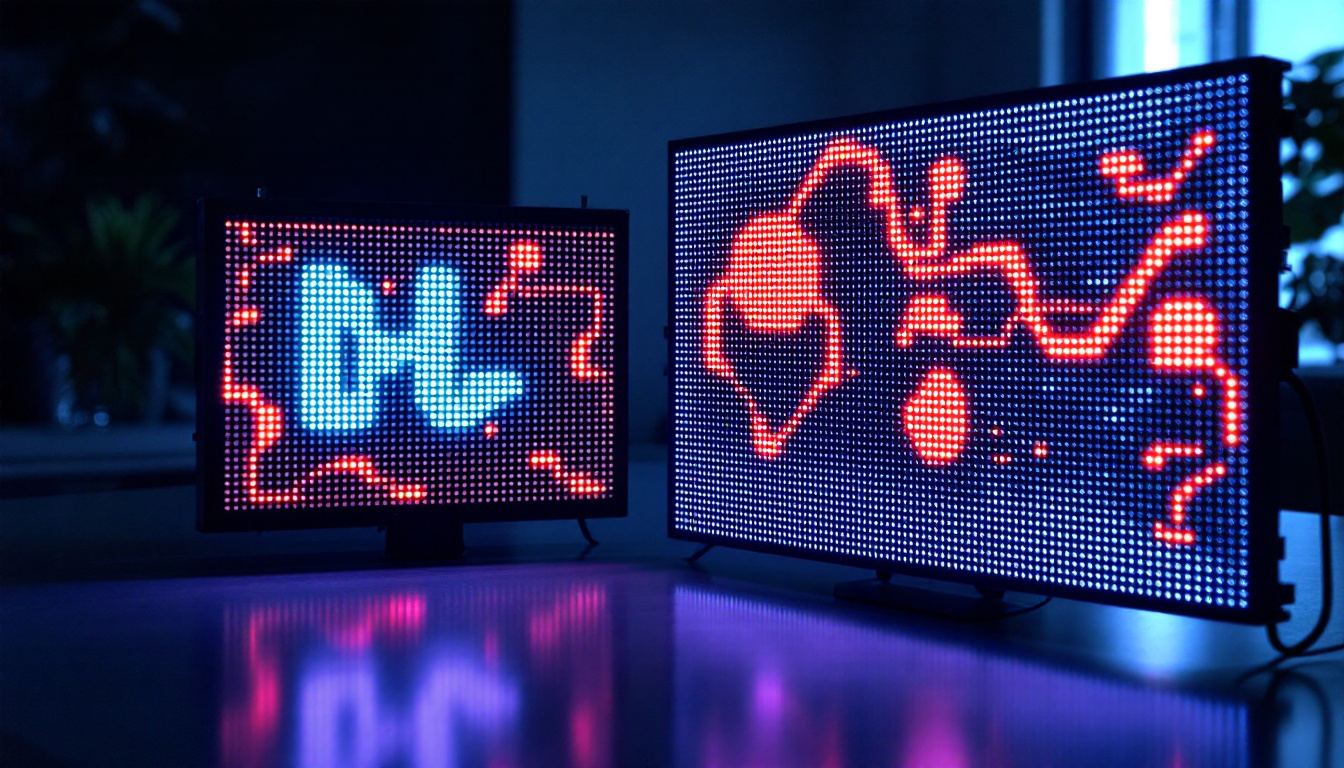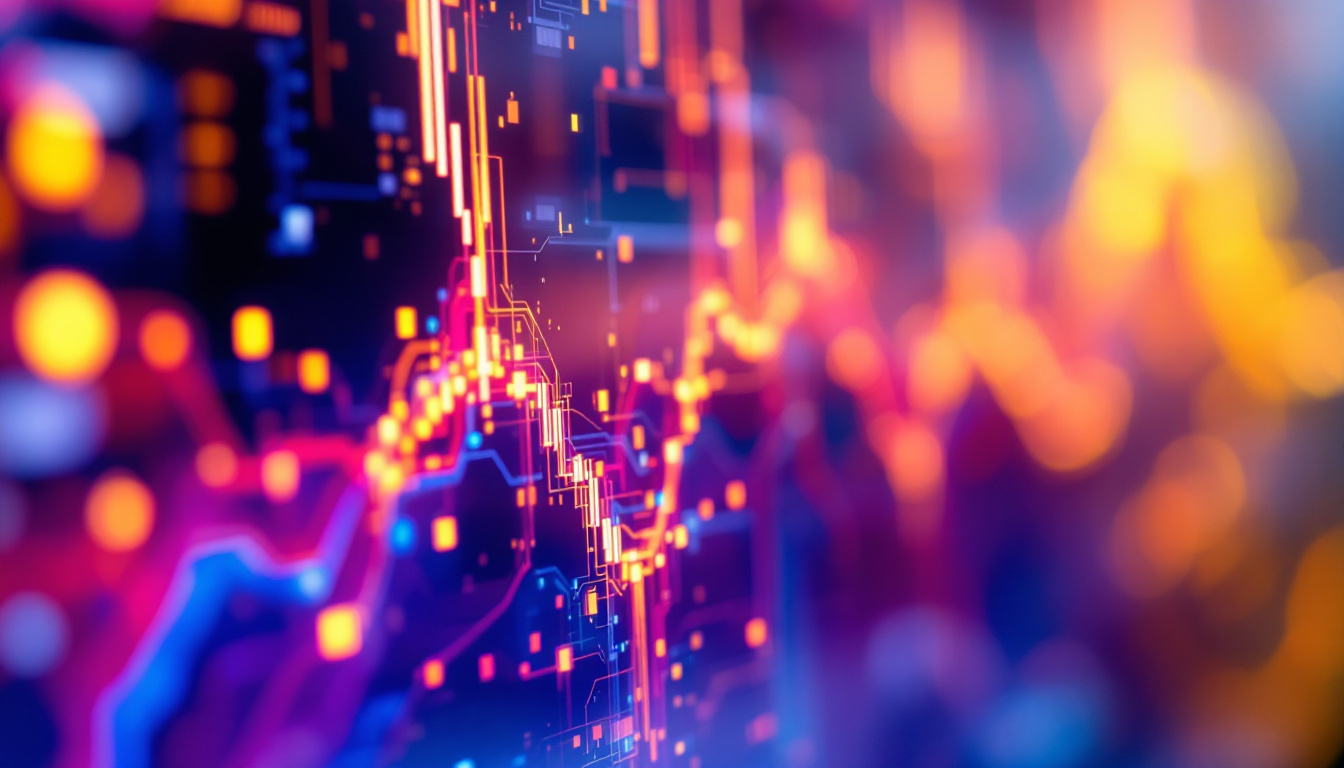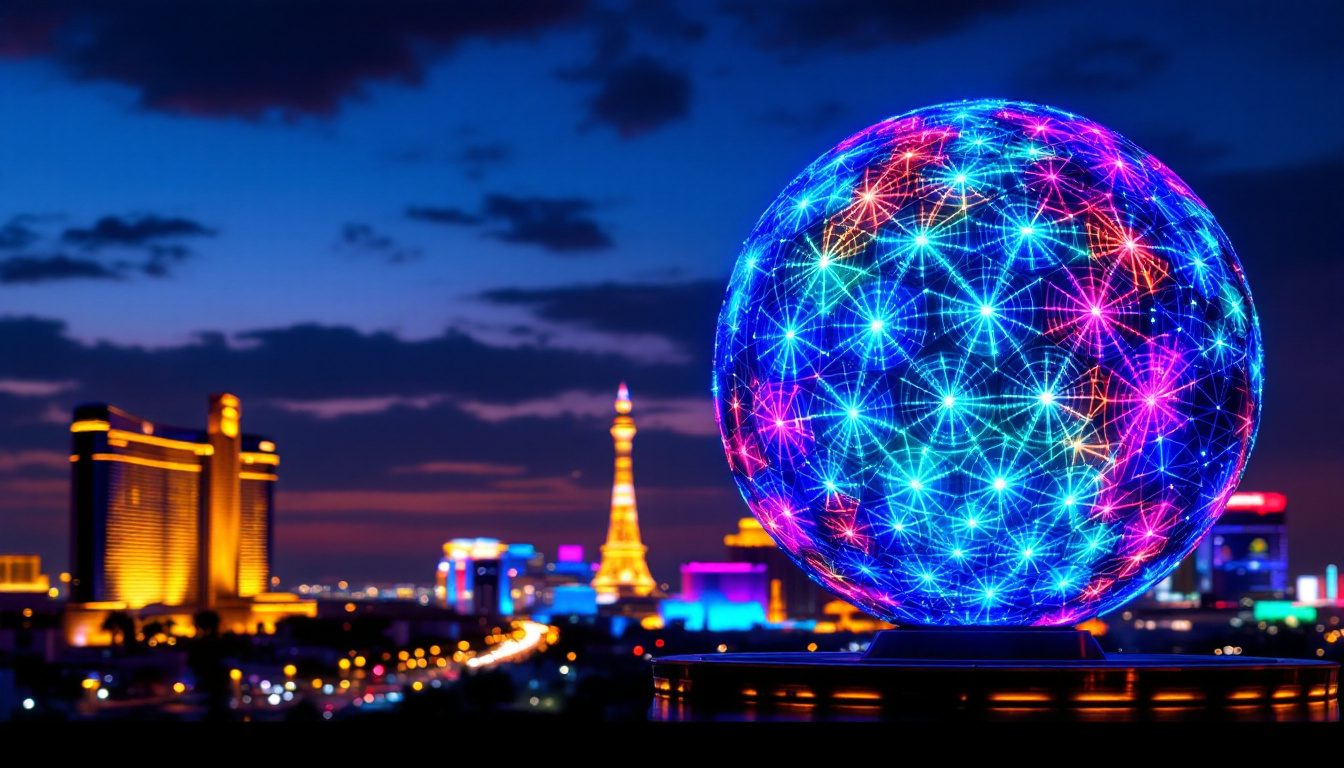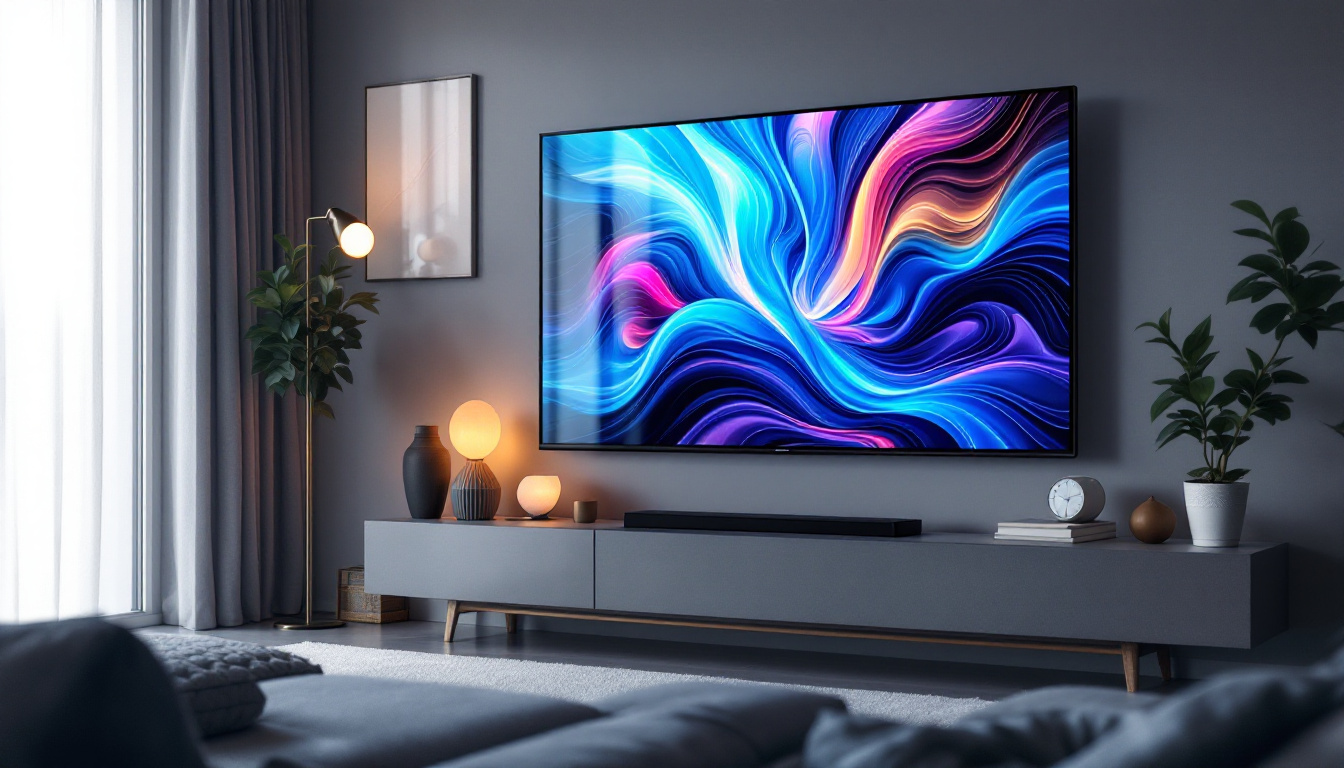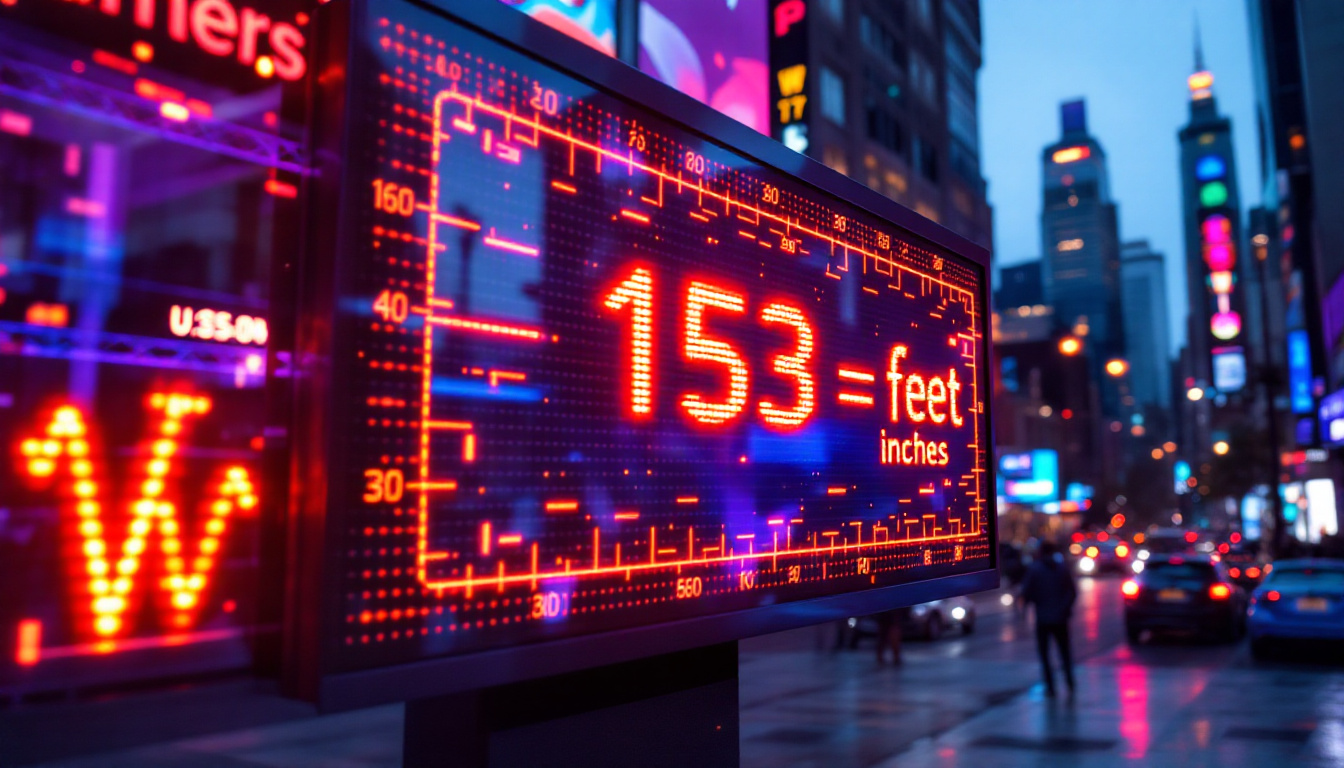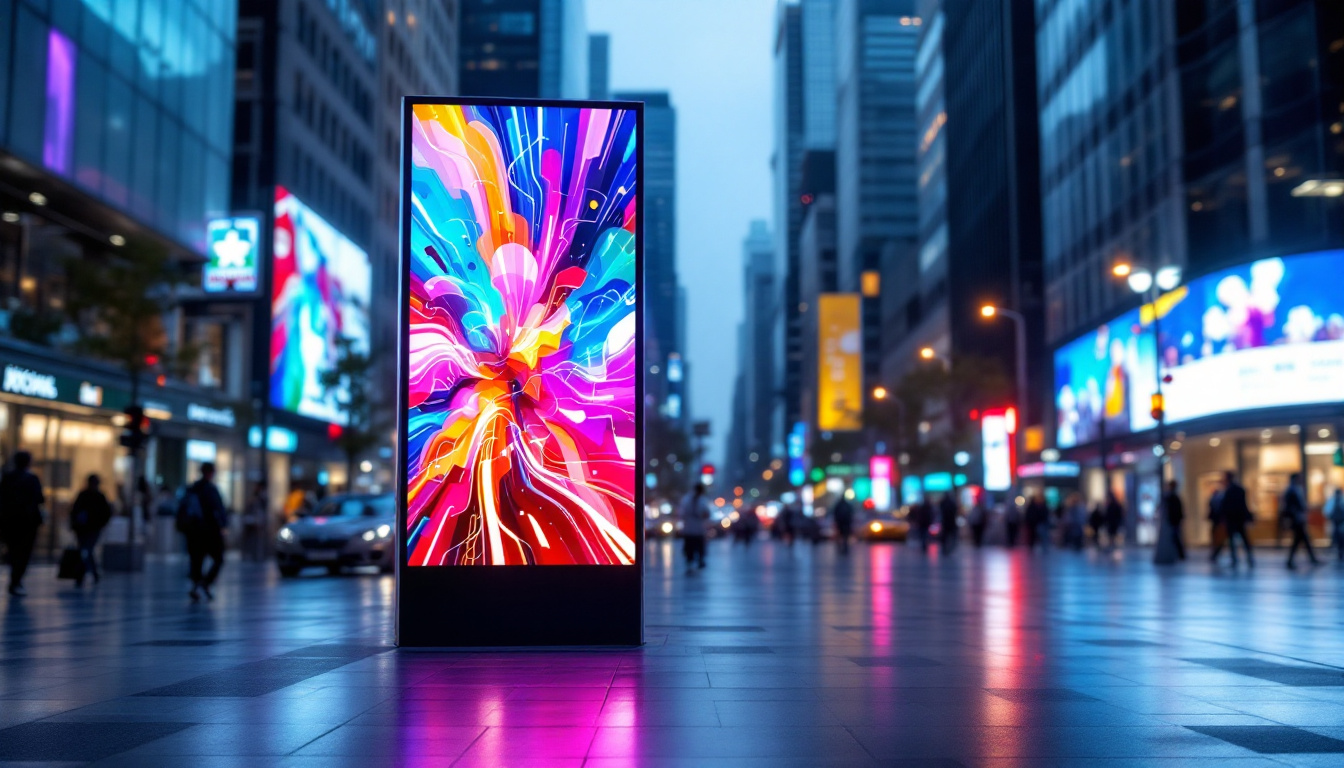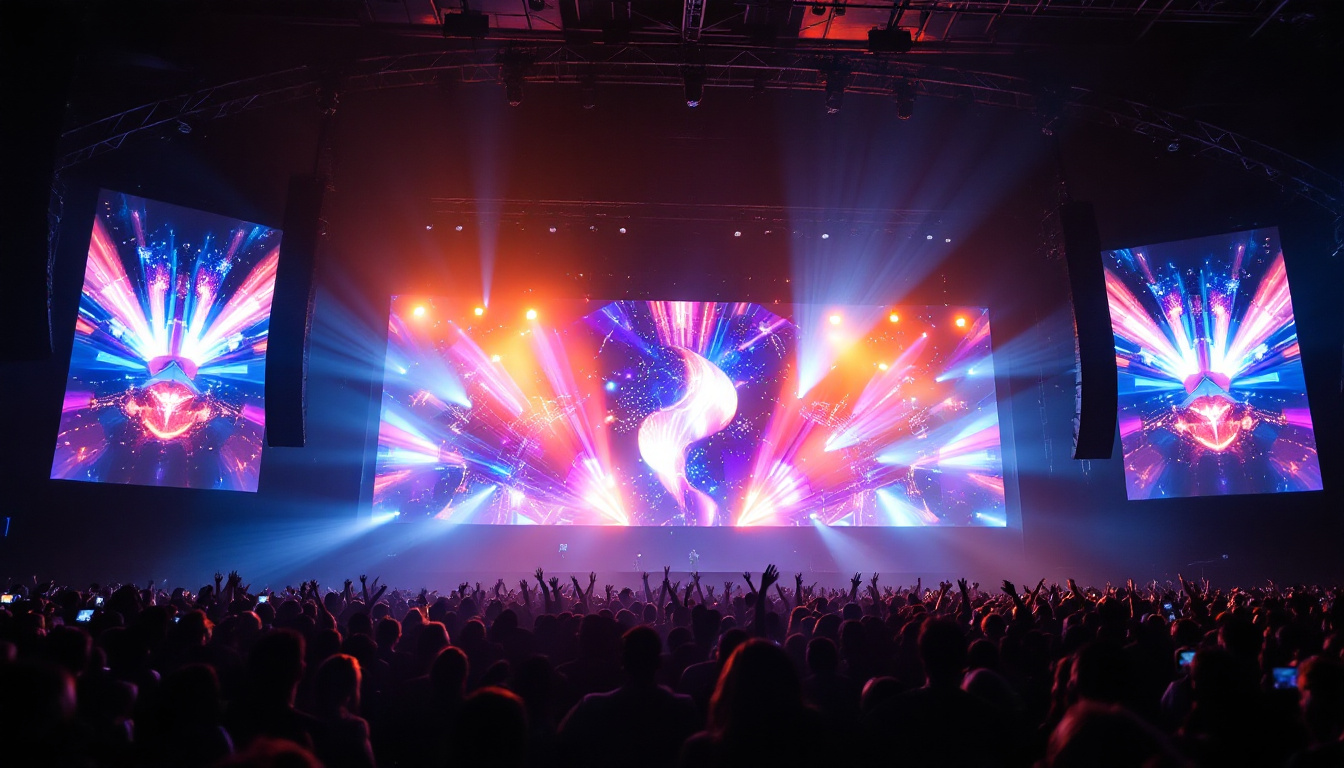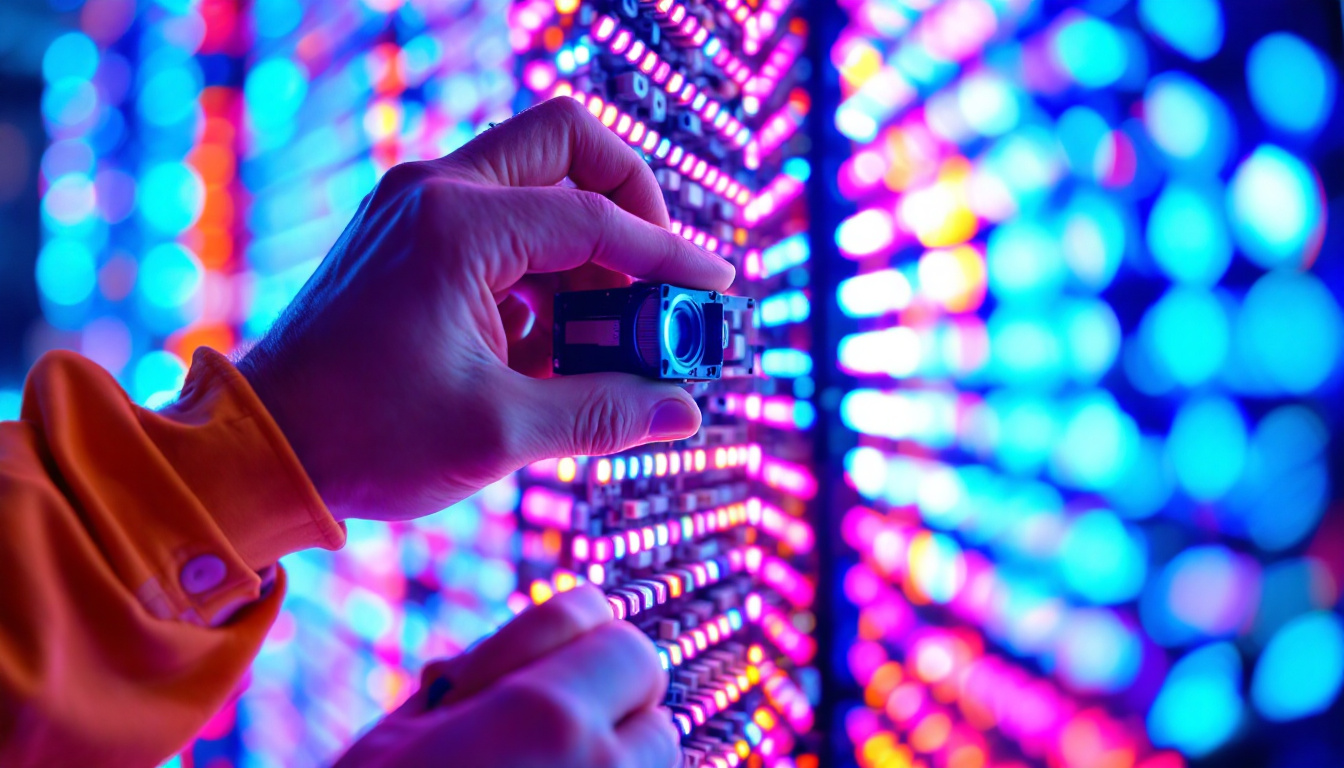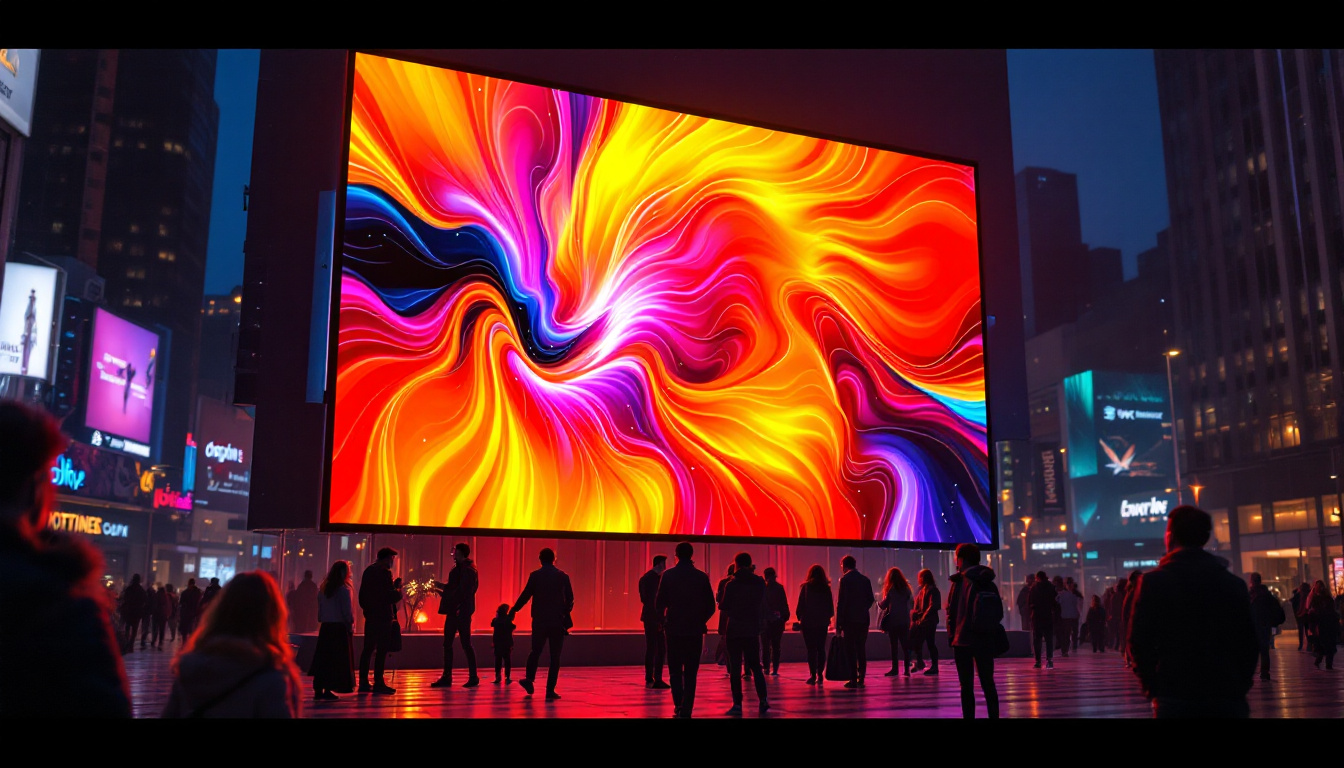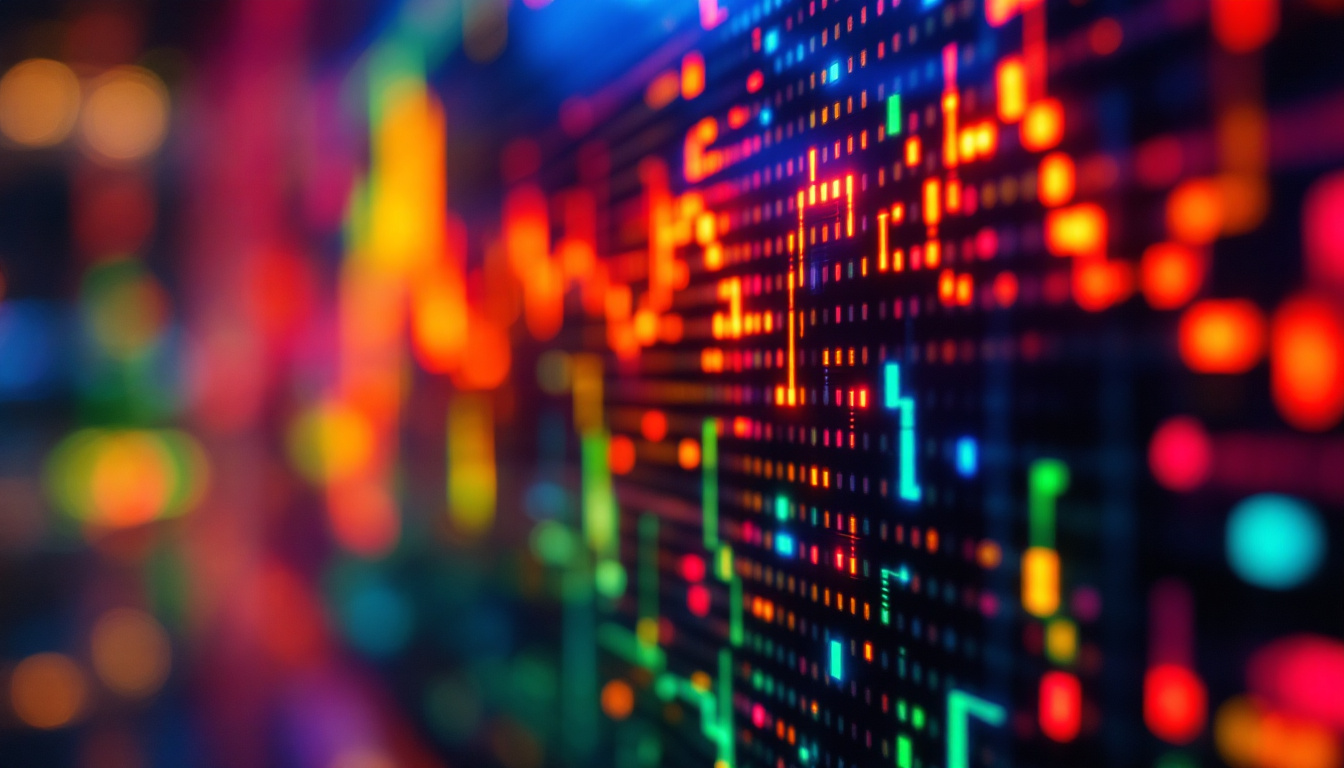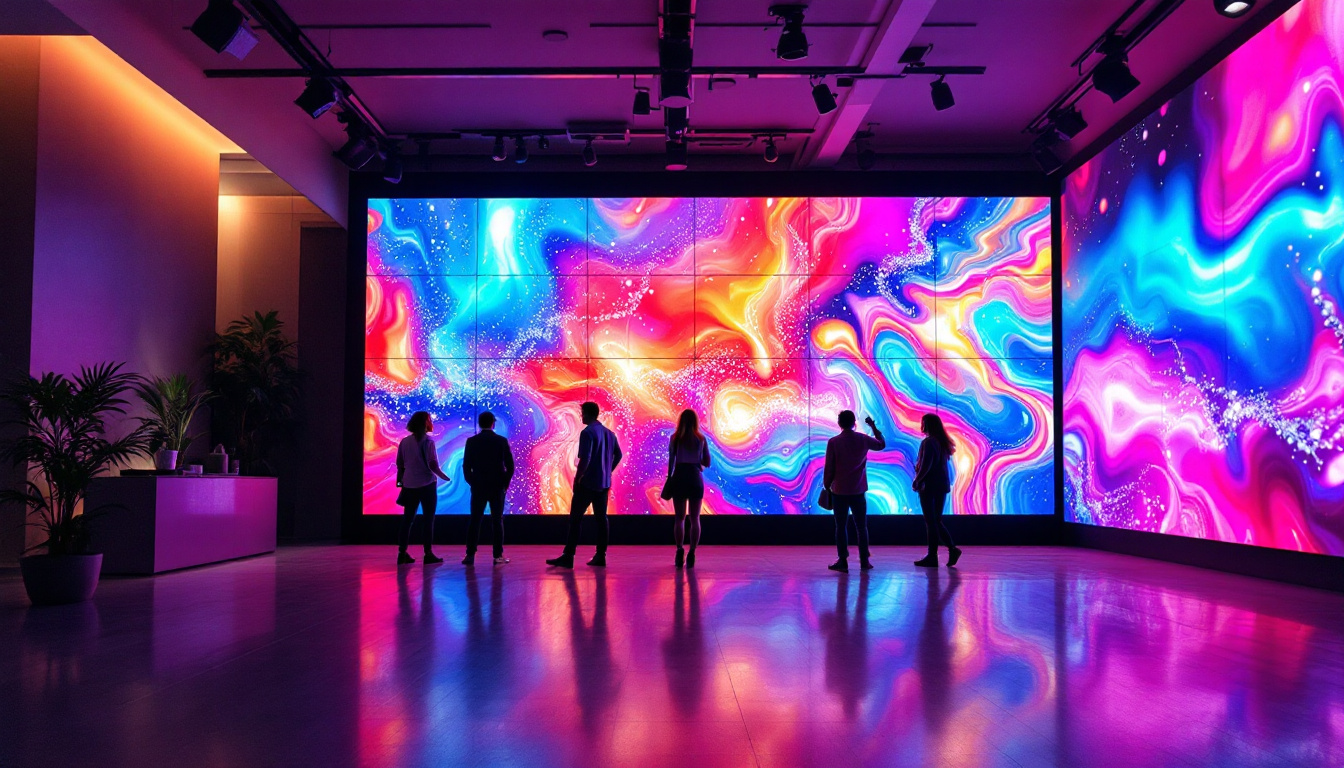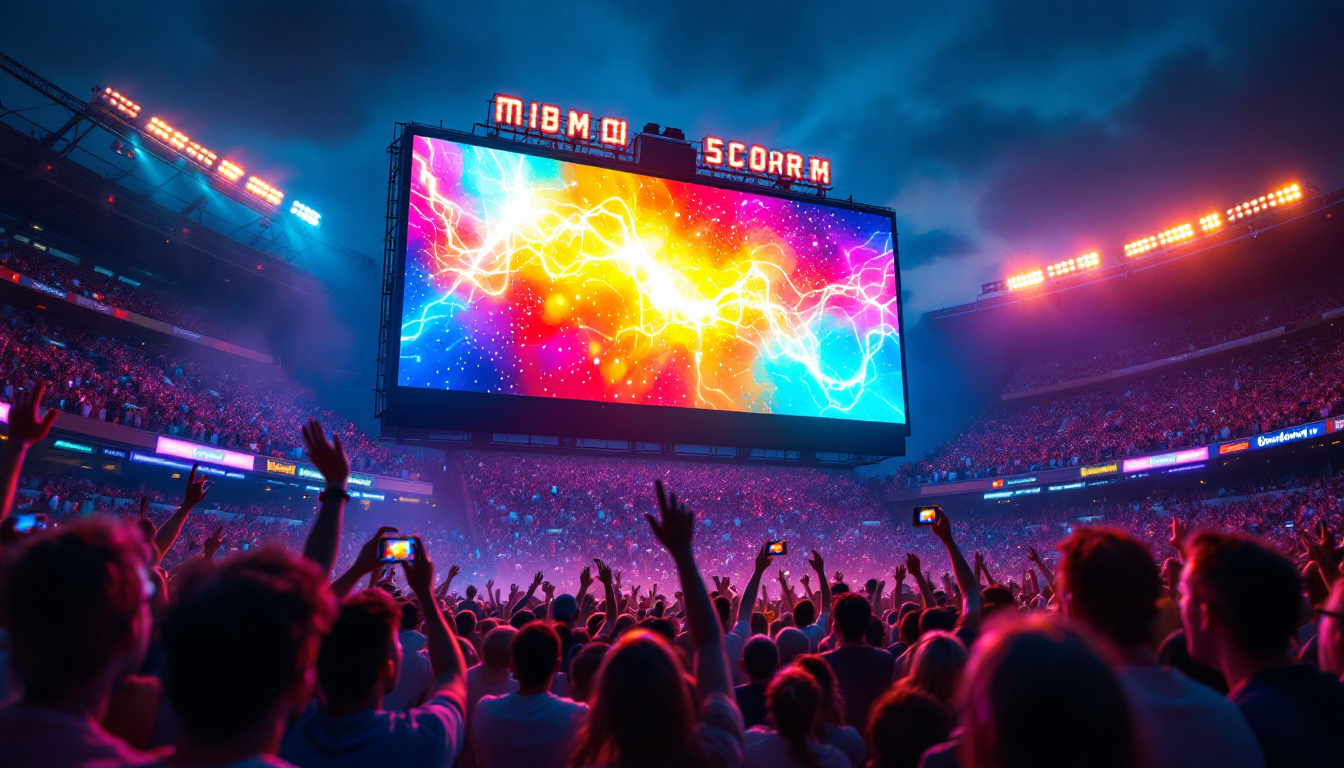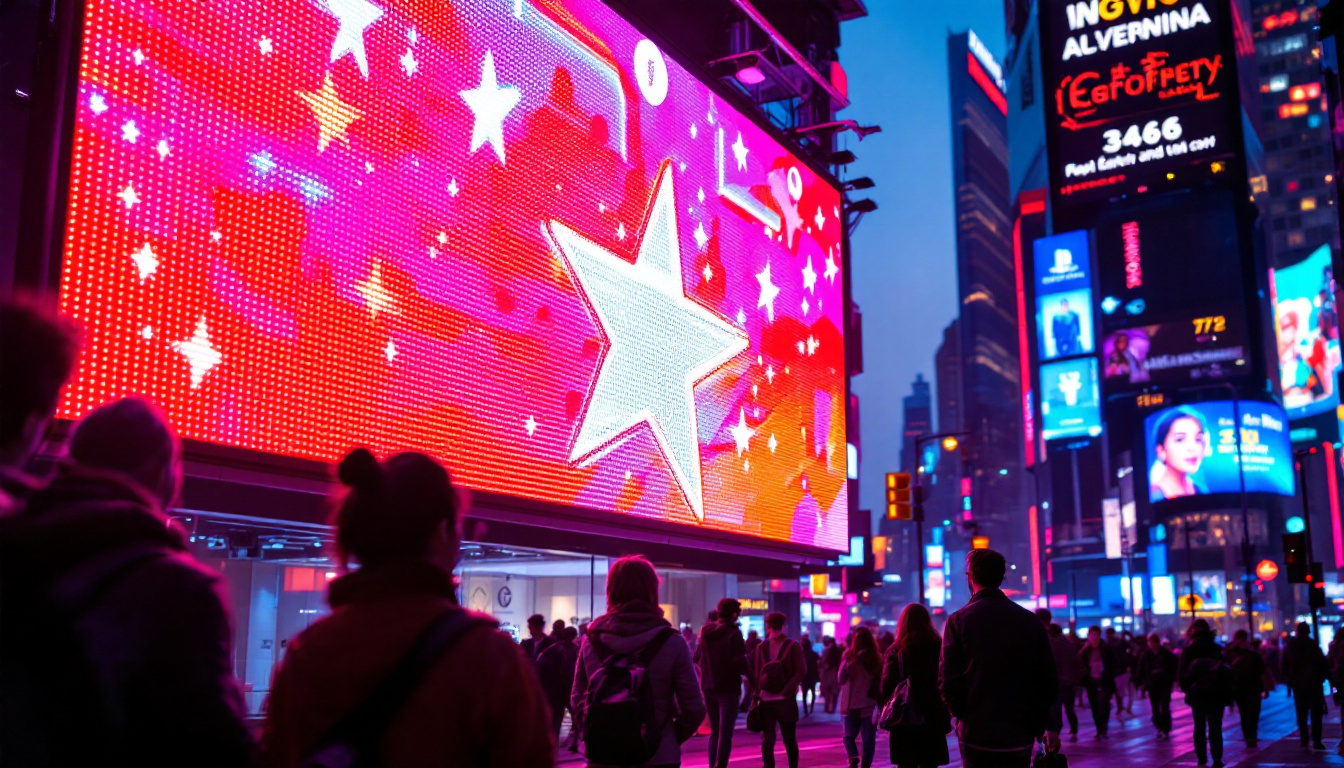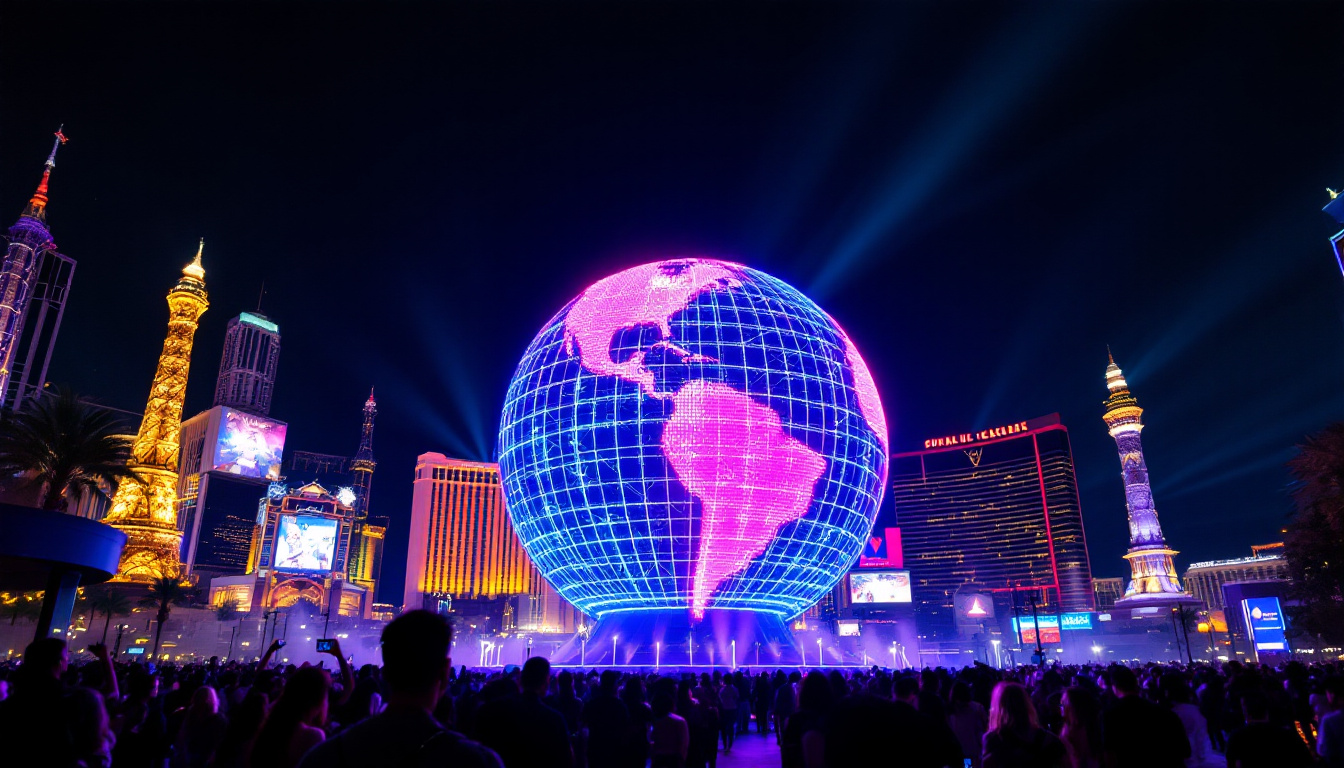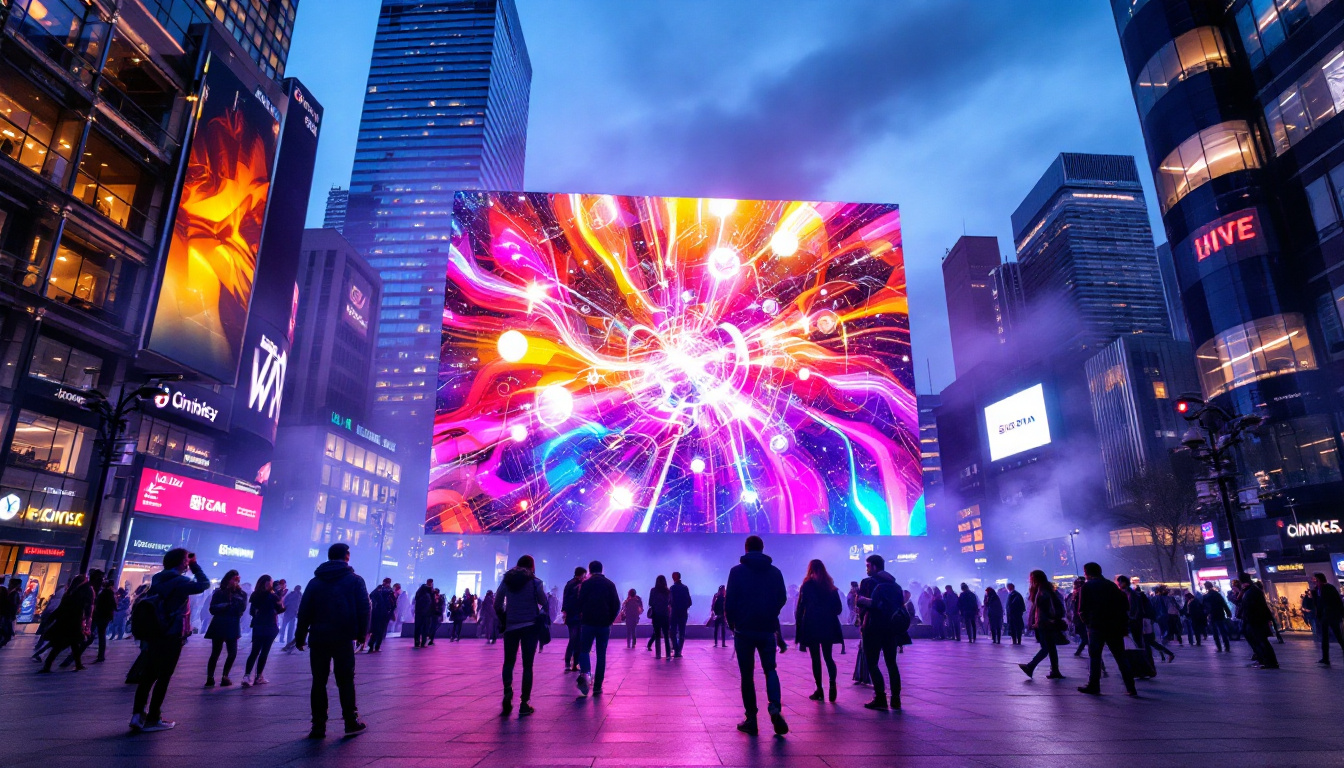In today’s digital age, visual communication has become an essential part of how businesses and organizations convey their messages. Among the various display technologies available, LED (Light Emitting Diode) displays have gained immense popularity due to their versatility, efficiency, and superior performance. This article delves into the intricacies of LED displays, exploring their types, applications, advantages, and future trends.
Understanding LED Technology
LED technology has revolutionized the way we perceive visual content. Unlike traditional display technologies, such as LCD and CRT, LED displays utilize semiconductor materials that emit light when an electric current passes through them. This fundamental difference in technology leads to numerous benefits, making LED displays a preferred choice for various applications. The energy efficiency of LED technology is particularly noteworthy; it consumes significantly less power compared to its predecessors, contributing to reduced energy bills and a smaller carbon footprint. This efficiency is not only beneficial for consumers but also aligns with global efforts toward sustainability and environmental conservation.
How LED Displays Work
At the core of LED displays are tiny diodes that emit light. These diodes are arranged in clusters to form pixels, which can produce a wide range of colors. When combined, these pixels create vibrant images and videos. The brightness and color of the display can be adjusted by varying the current supplied to each diode, allowing for dynamic content presentation. This adaptability is particularly advantageous in environments with varying lighting conditions, ensuring that the display remains visible and engaging regardless of external factors. The rapid response time of LEDs also allows for smoother transitions and animations, enhancing the overall viewing experience.
LED displays can be categorized into two main types: direct view and backlit. Direct view LED displays consist of individual LED modules that create the image directly, while backlit LED displays use LEDs to illuminate an LCD panel from behind. Each type has its own set of advantages and applications, making them suitable for different environments. For instance, direct view displays are often favored for large-scale installations such as stadium screens and concert backdrops, where high brightness and visibility from various angles are crucial. In contrast, backlit displays are commonly found in consumer electronics like televisions and computer monitors, where they provide a balance of image quality and energy efficiency.
Types of LED Displays
LED displays come in various forms, each tailored for specific uses. The most common types include:
- Indoor LED Displays: These displays are designed for use in controlled environments, such as shopping malls, conference rooms, and theaters. They typically have a higher pixel density, resulting in sharper images and better color accuracy. Indoor displays often feature advanced technologies such as HDR (High Dynamic Range) to enhance contrast and color depth, making them ideal for presentations and entertainment.
- Outdoor LED Displays: Built to withstand harsh weather conditions, outdoor LED displays feature a robust design and higher brightness levels. They are commonly used for billboards, sports arenas, and public signage. These displays are engineered to resist moisture, dust, and extreme temperatures, ensuring reliable performance in diverse climates. Furthermore, advancements in technology have led to the development of energy-efficient outdoor LEDs that maintain high brightness while consuming less power.
- Transparent LED Displays: These innovative displays allow light to pass through while still displaying images. They are often used in retail environments to create eye-catching advertising without obstructing views. The unique design of transparent LEDs enables brands to engage customers with dynamic content while maintaining the aesthetic appeal of the space. This technology is also gaining traction in architectural applications, where it can be integrated into windows and facades, merging functionality with modern design.
Applications of LED Displays
The versatility of LED displays makes them suitable for a wide range of applications across various industries. From advertising to entertainment, their impact is profound and far-reaching.
Advertising and Marketing
One of the most prominent uses of LED displays is in advertising. Businesses leverage the vibrant colors and high brightness of LED screens to capture the attention of potential customers. Digital billboards, for instance, can display multiple advertisements in a rotating format, maximizing exposure and engagement.
Moreover, LED displays can be programmed to show real-time information, such as weather updates or news headlines, further enhancing their appeal as dynamic advertising platforms. This adaptability allows businesses to tailor their messages to specific audiences and times, optimizing their marketing strategies.
Events and Entertainment
In the realm of entertainment, LED displays have transformed the way events are experienced. Concerts, sports events, and festivals utilize large LED screens to provide immersive visuals that enhance the audience’s experience. These displays can showcase live feeds, graphics, and animations, creating a captivating atmosphere.
Additionally, LED technology has made its way into stage productions and theatrical performances, where dynamic lighting and visuals play a crucial role in storytelling. The ability to create stunning visual effects with LED displays has opened up new avenues for creativity in the entertainment industry.
Corporate and Educational Settings
In corporate environments, LED displays serve as powerful communication tools. They are often used in conference rooms for presentations, displaying data, and facilitating discussions. The clarity and brightness of LED screens ensure that content is visible from various angles, making them ideal for collaborative settings.
Educational institutions also benefit from LED displays. Classrooms equipped with LED screens can enhance learning experiences by providing interactive and engaging content. This technology promotes visual learning, making complex subjects more accessible to students.
Advantages of LED Displays
The growing popularity of LED displays can be attributed to their numerous advantages over traditional display technologies. Understanding these benefits can help businesses and organizations make informed decisions when selecting a display solution.
Energy Efficiency
One of the standout features of LED displays is their energy efficiency. Compared to older technologies, LEDs consume significantly less power while delivering higher brightness levels. This not only reduces operational costs but also contributes to a more sustainable approach to visual communication.
Furthermore, the long lifespan of LED displays—often exceeding 50,000 hours—means that they require less frequent replacements, further minimizing waste and energy consumption. This longevity is a crucial factor for businesses looking to invest in reliable display solutions.
High Brightness and Contrast
LED displays are known for their exceptional brightness and contrast ratios. This capability makes them suitable for both indoor and outdoor applications, as they can maintain visibility even in direct sunlight. The high contrast levels also enhance image quality, allowing for vibrant colors and sharp details.
This characteristic is particularly beneficial for advertising and entertainment, where capturing attention is paramount. The ability to deliver stunning visuals in various lighting conditions sets LED displays apart from other technologies.
Flexibility and Customization
Another significant advantage of LED displays is their flexibility. They can be manufactured in various shapes and sizes, allowing for creative installations tailored to specific environments. This adaptability is evident in applications ranging from large-scale outdoor billboards to intricate indoor designs.
Moreover, LED displays can be easily integrated with other technologies, such as sensors and interactive elements, to create engaging experiences. This level of customization enables businesses to craft unique visual narratives that resonate with their target audience.
Challenges and Considerations
While LED displays offer numerous benefits, they are not without challenges. Understanding these considerations is essential for making informed decisions regarding display solutions.
Initial Costs
The initial investment for LED displays can be higher than that of traditional display technologies. However, it is crucial to consider the long-term savings associated with energy efficiency and reduced maintenance costs. Businesses should evaluate their budget and projected return on investment when considering LED displays.
Additionally, advancements in technology are continually driving down the costs of LED displays, making them more accessible to a broader range of users. As the market evolves, the financial barrier is likely to diminish further.
Maintenance and Repair
While LED displays are known for their durability, they do require regular maintenance to ensure optimal performance. Dust and debris can accumulate on the surface, affecting image quality. Routine cleaning and inspections are necessary to maintain the display’s functionality.
In the case of damage, repairs can be complex and may require specialized knowledge. Businesses should consider partnering with experienced service providers who can offer support and maintenance services to mitigate potential issues.
The Future of LED Displays
The future of LED displays appears bright, with ongoing advancements in technology and innovative applications on the horizon. As industries continue to embrace digital transformation, the demand for high-quality visual solutions will only increase.
Emerging Technologies
Innovations such as MicroLED and MiniLED technology are at the forefront of the LED display evolution. MicroLED displays, for instance, utilize microscopic LEDs to create incredibly high-resolution images with enhanced color accuracy and contrast. This technology promises to push the boundaries of display performance even further.
Additionally, advancements in flexible and transparent LED displays are expected to open new avenues for creative installations. These technologies will enable designers and architects to explore innovative ways to integrate visual communication into their projects.
Integration with Smart Technologies
As the Internet of Things (IoT) continues to expand, LED displays are likely to become increasingly integrated with smart technologies. This integration will allow for real-time data display, interactivity, and enhanced user experiences. For example, businesses may utilize LED displays to showcase live social media feeds or dynamic content based on audience engagement.
This convergence of technologies will not only enhance the functionality of LED displays but also create opportunities for more personalized and targeted communication strategies.
Conclusion
LED displays have emerged as a dominant force in the world of visual communication, offering unparalleled advantages in terms of energy efficiency, brightness, and flexibility. Their applications span a multitude of industries, from advertising to education, making them an invaluable asset for businesses and organizations alike.
While challenges such as initial costs and maintenance exist, the long-term benefits and ongoing technological advancements position LED displays as a future-proof solution. As the industry continues to innovate, the possibilities for LED displays are limitless, paving the way for more engaging and dynamic visual experiences.
In a world where attention is a precious commodity, LED displays stand out as a powerful tool for capturing and retaining audience interest. Embracing this technology can lead to enhanced communication, improved brand visibility, and ultimately, greater success in achieving business objectives.
Explore Cutting-Edge LED Display Solutions with LumenMatrix
Ready to elevate your visual communication strategy with the latest in LED display technology? LumenMatrix is at the forefront of innovation, offering a diverse range of LED display solutions tailored to your unique needs. From Indoor and Outdoor LED Wall Displays to specialized options like Vehicle, Sports, and Floor LED Displays, our products are designed to captivate your audience and amplify your message. Discover the transformative power of LED displays and join the revolution in digital signage. Check out LumenMatrix LED Display Solutions today and experience the future of visual engagement.

